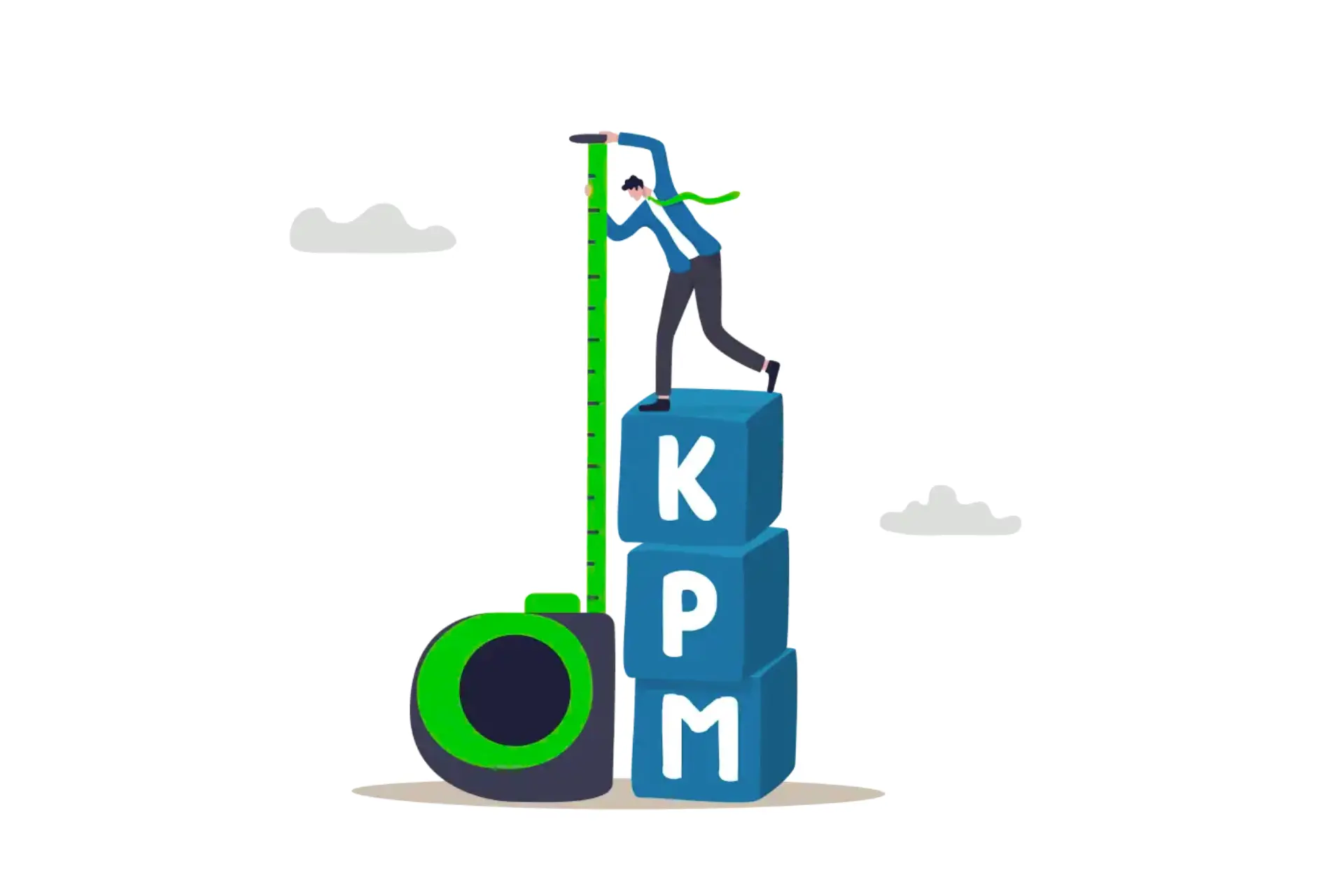As a retailer you already know the crucial role pricing plays in eCommerce success.

Customers use price as a key factor shaping their perception of your business, and influencing their buying behaviour.
Get pricing wrong and you can lose customers in the click of a mouse
Price comparison matters: Are your products competitively priced? What value do you offer beyond the product itself?
Pricing mistakes can quickly lose customers and winning them back is twice as hard. Accurate pricing not only retains customers but also builds loyalty, making them believe in the value your retail business provides. It’s the culmination of product quality, shipping and customer experience, which coalesces into one measure of value.
That’s why prioritising competitor price monitoring is crucial for retailers just like you.
What is competitor price monitoring?
Competitor price monitoring is gathering information on the prices charged by competitors for products you have in common. It can be achieved through manual price collection, in-house web scraping, or outsourcing to an eCommerce competitive intelligence provider.
Choosing one of three best monitoring methods:
1. Manual Price collection:
Manually visiting competitors' websites and recording prices might be cost-effective, but it is time-consuming, laborious and mistakes can be made. Capacity is also limited in the amount of data you can collect.
2. In-house web scraping:
Here At PricingHunter, retailers shared insights on creating custom web scraping software for automated data collection. While in-house solutions enhance the experience by increasing data volume compared to manual collection, the process demands substantial time, investment, and ongoing maintenance. Typically, it's not the core expertise of the IT team, potentially becoming a burden for both internal teams and contractors.
3. Outsourcing to a specialist provider:
Partnering with a pricing intelligence provider typically offers a cloud-based solution, maximises data collection frequency, optimises value for money, and frees up internal resources, allowing your team to focus on strategic decision making and price setting.
Four elements how retailers boost sales with a successful price monitoring strategy:

1. Define your competitors:
Choose:
- a very large competitor.
- a cheap, well-established competitor.
- the competitor who is closest to you in terms of value proposition.
This defines who your competitors are and how you want your customers to perceive you in the market.
2. Choose which products to monitor:
When gathering actionable pricing data through competitor price monitoring, focus on key products that contribute to the majority of your sales. While this ensures satisfaction for existing and similar profile customers, it’s important to note that this approach, doesn’t tell the whole story.
3. Determine collection frequency:
How often do you wish to check your competitors’ prices? This can depend on your product’s price volatility, customer tolerance for price changes, and your internal capacity to react.
3. Determine collection frequency:
As a guide, daily or weekly collections are standard in most categories, with frequency often increasing in festive periods.
For the sake of a small monthly investment in the correct data, choose a flexible price scraping partner who will grow with you.
4. Define your budget:
Find the right balance between what data is enough and the cost to your business.
Avoid over-investing and drowning in excessive data, and be cautious of under-investing and missing opportunities to attract new customers or strategically adjust prices.
Assess whether your worst-selling products are performing so poorly because of price and if best-selling key value items meet customer’s expectations.
For the sake of a small monthly investment in the correct data, invest in a flexible price scraping partner with a modest monthly fee for accurate data that evolves with your business.
Conclusion
Choose wisely among manual, in-house scraping, or outsourcing to a competitor pricing intelligence partner. Regardless of your choice, integrating competitor pricing into your business plans is essential for online retailers.
While manual checking may appear cost-effective, it may not be the smartest option. Outsourcing to a specialist provider can be expensive, but PricingHunter—a low-cost, fast, and affordable solution will meet your competitor pricing needs.
So, spend less time manually checking and more time making the right pricing decisions.
Start your 14-day free trial today and get ahead of your competitors, win sales and protect your margins, by automating your pricing intelligence.

